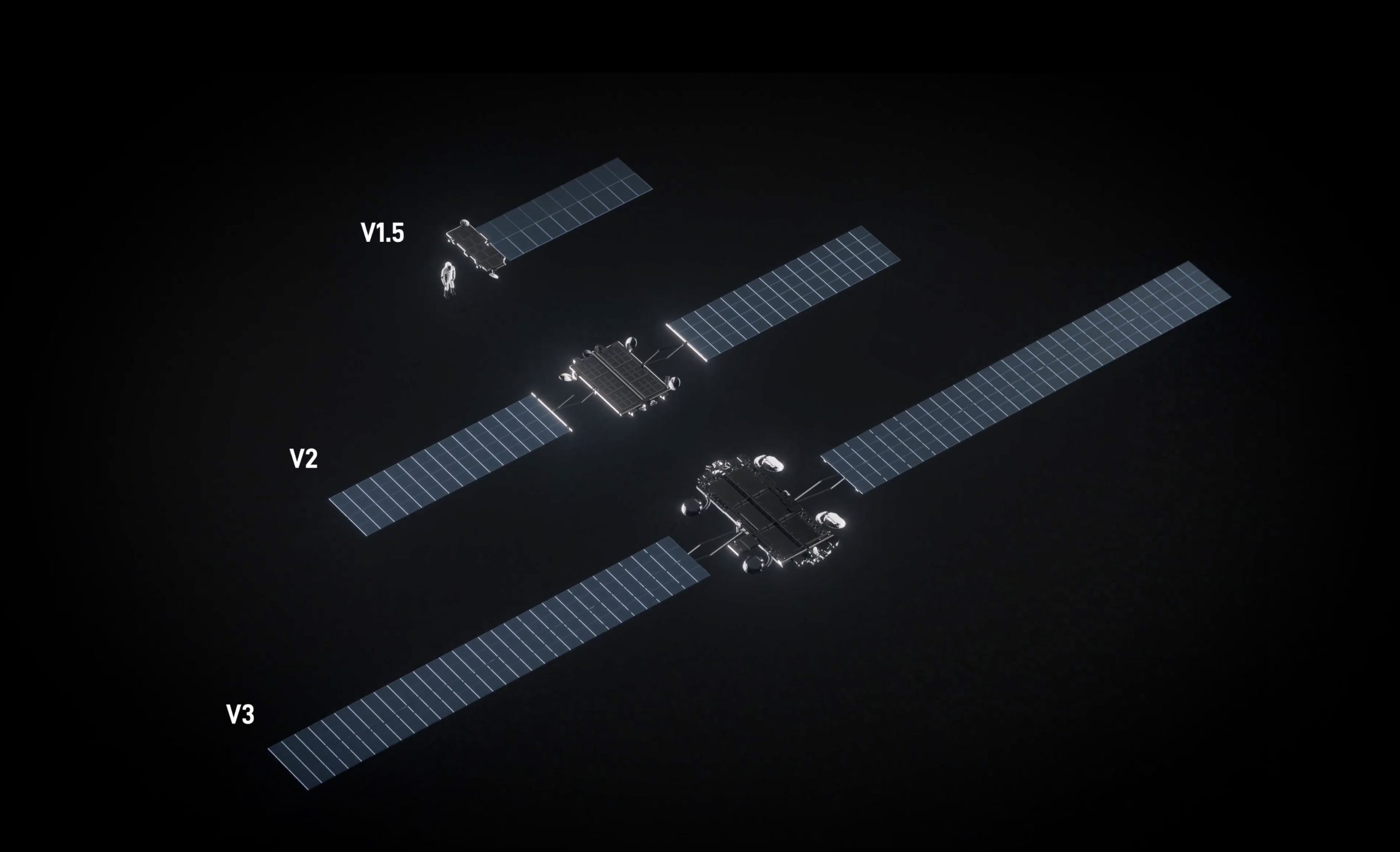TAMPA, Fla. — Europe must move quickly to craft a large-scale strategy for space-based data centers or risk ceding a potential pillar of future digital infrastructure to global competitors, according to the European Space Policy Institute (ESPI).
The independent think tank highlighted a surge of activity in the United States and China to advance in-orbit cloud computing, including growing interest from SpaceX’s Elon Musk and other tech giants exploring space to ease artificial intelligence’s soaring processing and energy demands.
According to a report ESPI published Nov. 18, about 70 million euros ($81 million) of private capital has flowed into space-based data center ventures, or directly relevant enabling components, over the past five years.
They include lunar data storage startup Lonestar of Florida and Washington-based Starcloud, which recently deployed its first small satellite.
Speculative discussions turn into tangible R&D
At around 60 kilograms, the Starcloud-1 spacecraft carries an Nvidia processor that is designed to run AI models in orbit, including variants of Google’s Gemini.
However, to scale into commercially meaningful capacity, Starcloud and many other orbital-processing ventures call for kilometers of solar arrays and giant radiators in orbit to shed gigawatts of heat.
This sheer scale highlights one of the most formidable engineering challenges in deploying full-scale orbital compute, ESPI noted. Despite major advances in recent years, launch affordability, thermal management and in-orbit assembly remain major barriers.
While Europe has produced early building blocks, from ESA’s PhiSat AI processing missions to a feasibility study funded by the European Union, ESPI pointed to how others are moving quickly toward operational systems.
NASA manages more than two dozen AI-driven edge computing projects, including experiments on the International Space Station to process sensor readings in space, rather than sending raw data back to Earth.
China, meanwhile, has launched the first 12 satellites of its planned Three-Body Computing Constellation, envisioned as a 2,800-satellite AI computing mesh that performs heavy processing in space to reduce latency and downlink bottlenecks.
Powering AI
According to McKinsey analysts, as much as $6.7 trillion of investment could be required in data centres by 2030, of which about $5.2 trillion is driven by AI workloads, if adoption and technology cycles continue on their current path.
“There is an increasing need in orbit for storage and processing in space for in-situ operations,” Analysys Mason research director Claude Rousseau said via email, “and to complement terrestrial-based data centre markets.
“Given the strong demand from government customers for connectivity, it is a natural fit to launch space data centres in various forms to meet their growing needs for sovereignty of operations, coupled with an increase in use of AI and to strengthen data security.”
Musk, who also leads the advanced-model startup xAI, said in October that an upcoming V3 generation of Starlink broadband satellites, set to fly on SpaceX’s in-development Starship, could be scaled up to operate as orbiting data centers, linked via high-speed lasers.
“SpaceX will be doing this,” he added.
Speaking at the Italian Tech Week conference in Turin last month, Amazon and Blue Origin founder Jeff Bezos predicted gigawatt-scale data centers would be deployed in space between 10 and 20 years.
Amazon also owns cloud computing giant Amazon Web Services and is deploying a low Earth orbit broadband constellation called Amazon Leo to take on Starlink.
ESPI said Europe risks becoming dependent on foreign orbital compute capacity without swift, coordinated action.
To avoid falling behind, the think tank recommended that the European Union:
- Launches a European Space-Based Data Centre initiative as part of the 2028–2034 Horizon Europe Moonshot Projects.
- Uses the European Space Agency’s General Support Technology Programme (GSTP) and its Advanced Research in Telecommunications Systems (ARTES) program as public-private testbeds for maturing the enabling technologies.
- Establishes a phased roadmap that extends beyond R&D toward commercial orbital compute deployment.
